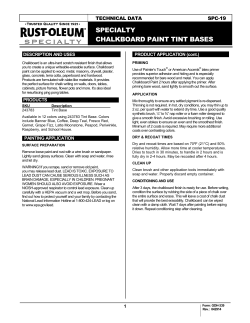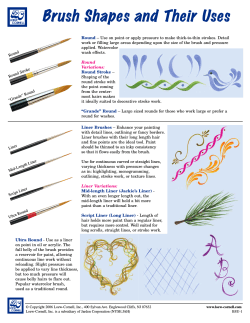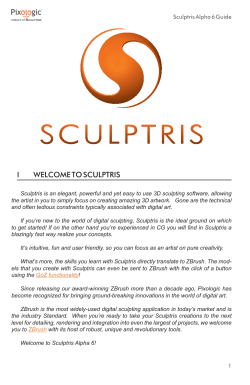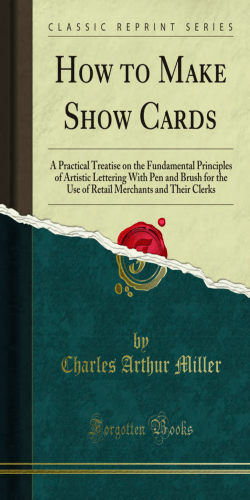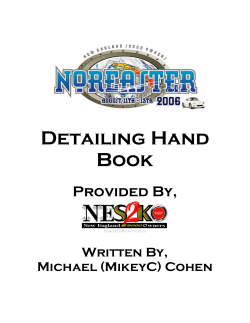
Watercolor Worksheet and Vocabulary ...
Watercolor Worksheet and Vocabulary Ms. Urioste Paint each the following techniques listed below on your practice sheet in watercolor, and label each technique that you attempted. Complimentary Pairs Take an area and put a complimentary pair next to each other while wet and see what happens to the areas where the two colors merge. Dry Brush Technique Holding the brush on the side spread the color quickly and lightly over the paper to cover an area with rough broken color. Then you go over it again with your brush to soften or wash it down. This technique is also very good for creating textures and showing brushwork. Wet into Wet Gradiated Wash Paint an area that goes from light to dark using a wash technique so that no brush marks are showing. See the directions below. This is where you apply new color without waiting for the previous colors to dry so that they bleed and blend into each other without any hard edges or back runs. There is not much control with this technique but the results can be very spectacular and rewarding. Varigated Wash Wet on Dry Blooms This is when you do a wash of two colors that bleed into each other. You achieve this by doing a gradiated wash first, and then introduce the second color slightly overlapping the first color. Tilt your paper at an angle and allow the colors to bleed. After you have painted an area with color, It is possible to layer one color over another to create clean crisp lines. Once your first layer of paint is dry, then you can overlap a second layer of paint. Overlapping colors can give you another color and is also known as superimposing a color. When your paint is wet, add drops of color with the tip of your brush over the different areas to create circular patterns also known as blooms. Creating Texture Using Salt Resists First paint a layer of color that is fairly dark and while it is still wet, crumple up some plastic wrap and press it into your paper. Try not to disturb the plastic covered area until it is completely dry. Then lift the plastic to get a texture appearance with some hard edges. You can soften the edges by laying down a wash over the top. Just like with the plastic wrap, you want you have your paint fairly wet, and a good indicator of that is that the paper is shiny. Then sprinkle salt over the top of your paint, and after a while the pigment will separate and create small blooms in your paint. After the paint has dried, then you scrape off your salt with your finger or palette knife. Too much salt will eat through your paper, so use it in moderation and remember to remove the salt crystals after it has dried. Besides masking fluid, there is rubber cement, and wax crayons that act as a resist and keeps your paper white and prevents the pigment from penetrating in the paper. Try each of the following techniques and see one would work best for your painting. Watercolor Pencil Sponge and Tooth Brush Straws and Gauze Watercolor can be densely layered like regular colored pencil. Water can be applied to heavily applied color, though it can be tricky to control. Experiment with applying just a little water at time, to minimize dilution of the pigment. Applying more water can give a painterly effect, and less water gives you more control. Try dipping your colored pencil in the water and then drawing with it while the pencil is wet. Also draw on wet paper and see what effects you get. Use a sponge to lift out color and also to create texture. It is also a great tool to dab up paint if your applied to much pigment or water. Sea sponges work best. Using pure pigment with a sponge will give you a speckled look, like a tooth brush when you flick the paint off of the bristles. Spread apart a piece of gauze and separate it from the cotton. Next dip the gauze in watercolor paint and saturate the gauze with color. Unravel the gauze and place it on your paper, and press it into the paper by putting another piece of paper on top to rub the colors in. Use a straw to blow pigment around in different directions on your paper. Painting a Gradated Wash Gradated washes are the perfect method for painting realistic water and skies. These washes are laid in the same way as flat washes, but more water is added to the pigment for each successive stroke of paint, so the color gradually fades as you work your way down. STEP ONE Load a large paintbrush with water and paint. Starting at the top, use large strokes to apply the watery mix to the page. STEP TWO Add more water to your brush and make another horizontal stroke so that it slightly overlaps the first stroke. Continue working your way down the paper, dipping the brush in water (but not color) before each stroke. STEP THREE If necessary, go back in with more color or water to smooth the gradation and create the desired effect. Stroke back and forth to gradually blend the color from dark to light, as shown. For variegated washes the technique is different because you are using two or more different colors and are much less predictable than graduated washes. However you can achieve great and unusual effects by letting colors bleed into each other. This technique is most commonly used for sunsets and sunrises. The technique that is most successful is to wet your paper first, as you would traditionally with water and a brush. Using a large mop Brush, and flood water onto the page. Then move it around with the brush to cover the whole area you would like to paint. Select your colors and decide where you would like them to be (e.g. at the top or bottom), then cover the area with broad horizontal strokes. The strokes should blend into each other, but if it is looking a bit streaky then go over again with the mop brush. Then apply your second colour and do the same. Finally tilt your paper at an angle and allow the colours to bleed into each other, creating a variegated wash. Color Studies Doing a color study or mini palette is necessary to know how the different brands of paint blend and react to one another. Watercolor Worksheet 1. Divide your sheet in various areas and try out each of the different techniques listed above. 2. You can either make your worksheet an abstract painting, and be able to identify each of the different techniques, or you can divide your sheet into different areas like a grid or table that can be cut up and separated and inserted into your sketch book for references later. 3. If you grid off your paper, label the technique that you will paint for that area. 4. If you are doing an abstract, you have several options to map of each of the techniques on another sheet of paper to identify the major areas of color. You can label the areas in the side lines of your worksheet paper, or draw on another sheet of paper the major shapes and draw arrows or circle and identify the areas of each technique you have attempted in your painting. 5. You should have 14 different practice techniques on your worksheet. Koi Fish Painting 1. Draw your koi fish large enough to cover at least one third of your paper using watercolor pencils. 2. Next use a masking material, such as rubber cement or masking fluid around the interior edges of fish to prevent the water from bleeding into the areas where your fish will be. 3. In your palette, mix enough color to cover the entire area of where your water will be. You can have several colors of that bleed into each other. 4. The water area of your painting will need to be done with the wet on wet technique so that you have no brush marks showing. Flood this entire area first with clean water either with a mop brush or with a clean blender brush. 5. Try creating blooms, and different effects by lifting out color with sponges, ripples with rubber cement, and bubbles with salt in the water. 6. After you have painted the water, and your paper is completely dry, get an eraser to lift off the rubber cement and then paint the interior of the fish in layers to give it form. 7. Last add the details, like the scales, eyes and fins either with a smaller brush or with watercolor pencils.
© Copyright 2025








